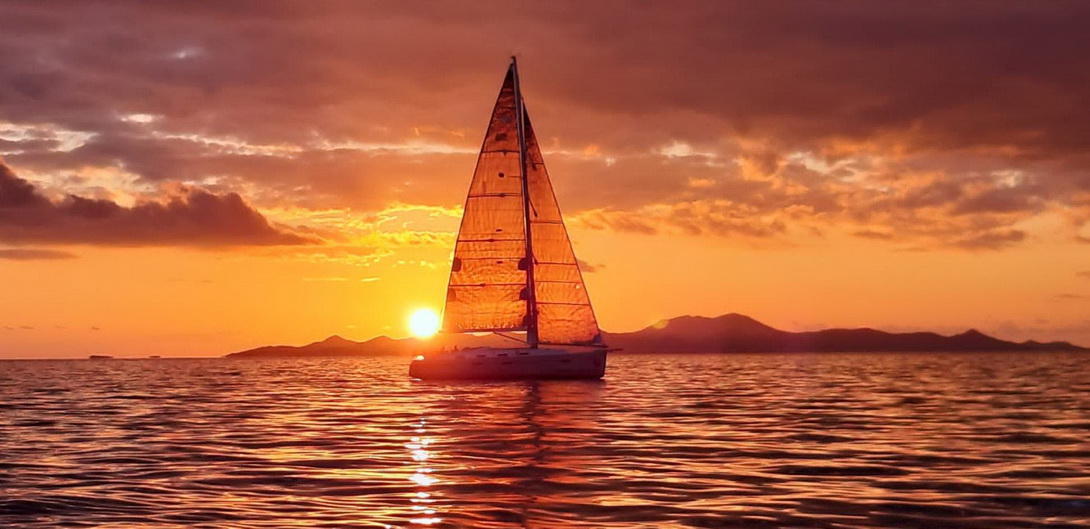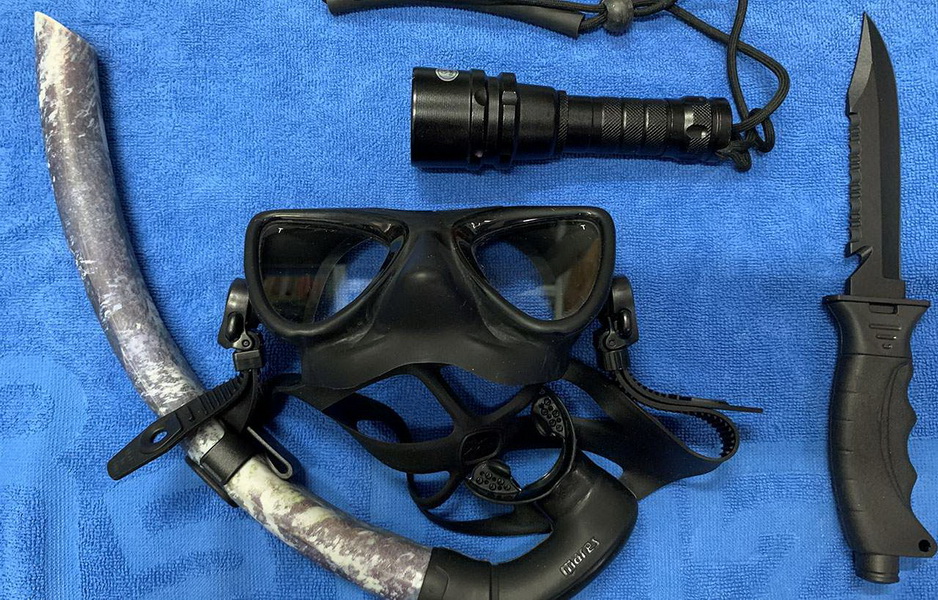Hidden dangers of sailing and traps when sailing at night
Is sailing dangerous ? Dangers of Sailing at night:
When sailing at night, there are many hidden risks and traps.
When our customers rent a boat with us, one of the most common questions we hear is: Is it possible to sail at night? Is it criminal by law, and can we be fined?
For each of the three questions, provide a brief response: Yes, you certainly can! and in the long run: yes, you may sail at night in Croatia if you follow the maritime rules! which states: When sailing at night or in situations of limited visibility, all vessels, regardless of purpose or area of navigation, shall display the specified navigation lights. The regulations of the COLREG 72 Convention on the Avoidance of Collisions at Sea apply to navigation lights. However, the Rules of Navigation define "night" as the time between sunset and sunrise, therefore all ships at sea must be adequately illuminated at all times, including twilight and dawn.
Let us emphasize that, in addition to the increased danger of colliding with another vessel, virtually all night navigation accidents are caused by poor visibility, a lack of situational awareness, or unanticipated obstructions at sea floating on the surface or just below it. Sailing at night is more difficult and dangerous than sailing during the day, particularly if all of the essential safety precautions and procedures are not followed, such as using properly lighted navigation lights. We must remember that night sailing traffic of private boats and yachts is becoming more common today, owing to the hurried pace of life, in which we attempt to take advantage of every opportunity to relax at sea. For example, many people who arrive on Saturdays with late flights for their sailing holidays in Croatia, prefer to sail to a neighboring island, get out of the marina, and spend the first sailing in Croatia vacation night there, giving them an extra day at sea and the opportunity to wake up in a favorite bay.
Furthermore, speedboat traffic is increasing late at night due to the transfer of tourists from airports and cities to the islands by speedboats, because they arrive late at night at their given airport when there is no longer a ferry connection for them, and every day of a sailing vacation is valuable, so this mode of transportation is becoming more popular. Sailing at night is, of course, a lot simpler today than it used to be. All reefs, undersea cliffs, and shoals are precisely documented on maps, canals are adequately designated with lighthouses, and satellite navigation has become part of the equipment of even tiny boats.

The first and second rules.
If you're sailing at night, avoid going out in heavy weather, and if you do, go away from the shore/coast. The first guideline of night sailing is to avoid sailing in poor weather, and the second is to avoid sailing too near to the shore because floating lighted indicators, such as signals for fisher pots, nets, and long lines from a fisherman, may be dangerous.
Even when sailing far from shore at night, there are always certain problems. Objects and rubbish floating in the water or just under its surface are the most serious hazard. Especially after strong stormy winds like the South Wind JUGO, also known as scirocco, tear trees and numerous canopies around the islands and carry them northwest, where they are left to the tidal currents for weeks, cruising and swirling in the sea until they eventually run aground on a shoreline, island, or part of the coast...
So, excluding breakdowns, practically all nighttime accidents are caused by low vision, a lack of situational awareness, or unanticipated obstructions at sea. Displacement hulls are used in classic sailboats and ships. Slow-moving, huge vessels with displacement hulls (such as sailing boats and cruise ships) are in a little better position since their hull structure pushes items away from them. The final influence on them is significantly less at lower speeds. Furthermore, if you are sailing a slower boat and paying attention, there is a chance that you will spot the barrier in front of you in time and have enough time to escape it if the water is calm. This, on the other hand, will not be the case if you are sailing a speedboat at high speed, since it is quite impossible to execute this move in a timely manner even if you manage to see an object, therefore a collision is almost certain.
Of course, since everything nowadays floats on the water, this might be harmful. Planks, beams, pallets, boulders, trunks, and stumps are some of the materials used. Large nylons, knitted produce bags, varied bags, and floating rope nets are all as hazardous... Even during the day, they are difficult to notice since they can dive thirty centimeters below the surface.
If you pass a boat over them, it will almost certainly wrap itself around the propeller or rudder, rendering the boat incapable of sailing independently.
So, what happens if it occurs?
In such a situation, a basic emergency rescue package is required!
In case you snag anything with a propeller, you should always have an undersea flashlight, a diving mask, and a decent knife on hand!

This will cause a change in sound, suffocation of the engine, loss of power, or even shut down the engine. In such circumstances, the gear should be promptly changed to neutral/idle, and the engine should be turned off if it is still running. With your Emergency Rescue Kit, you may dive to release the propeller from rope, nylon, or netting if the water conditions and temperature allow it. If diving is not an option, or the propeller proves difficult to release due to the nylon stiffening around the shaft, you'll need to utilize a spare engine to sail to the next safe port or bay.
The following are some of the most common risks in the Croatian Adriatic Sea: Locals' little fishing boats!!!
One form of probable night sailing barrier, which isn't all that often, demands extra consideration. Since you get closer to some of the deep reefs, underwater cliffs, and shoals depicted on the map, you may expect to see boats out at night fishing, as those areas are rich in fish, and some of these tiny boats are fully lighted. It may sound incredible, but there are also those who go fishing at night in a small boat with no lights, oblivious to everything.

Limitations of modern navigational instruments
At night, sailboats cannot rely on the principles of left port and right starboard; in fact, they must follow the same regulations as motorboats. This is also sensible since estimating whether port or starboard the second sailboat is at night is very difficult. Sailing hard into the wind has little effect, whereas sailing with the wind in the stern might have the opposite effect.
Modern navigation gadgets are obviously useful and make sailing much simpler, but they should never be relied on alone, particularly at night. All of the electronic equipment should only be used to aid navigation. As a result, never put your whole trust in them. Continuously observe the actual situation; just what you see in front of you is genuine, thus constant observation is an essential requirement and necessity during night sailing!
Last but not least, we should mention: If an accident occurs or any damage occurs during your charter, please contact our technical assistance or our base number as soon as possible. We will do everything necessary to give you the greatest service and, if feasible, solve your issue in the quickest period possible. Please notify us and be careful to notify the captain's office if you had an accident with another boat.
In the event that the crew and the vessel are in danger, dial 195 for assistance and rescue at sea!



